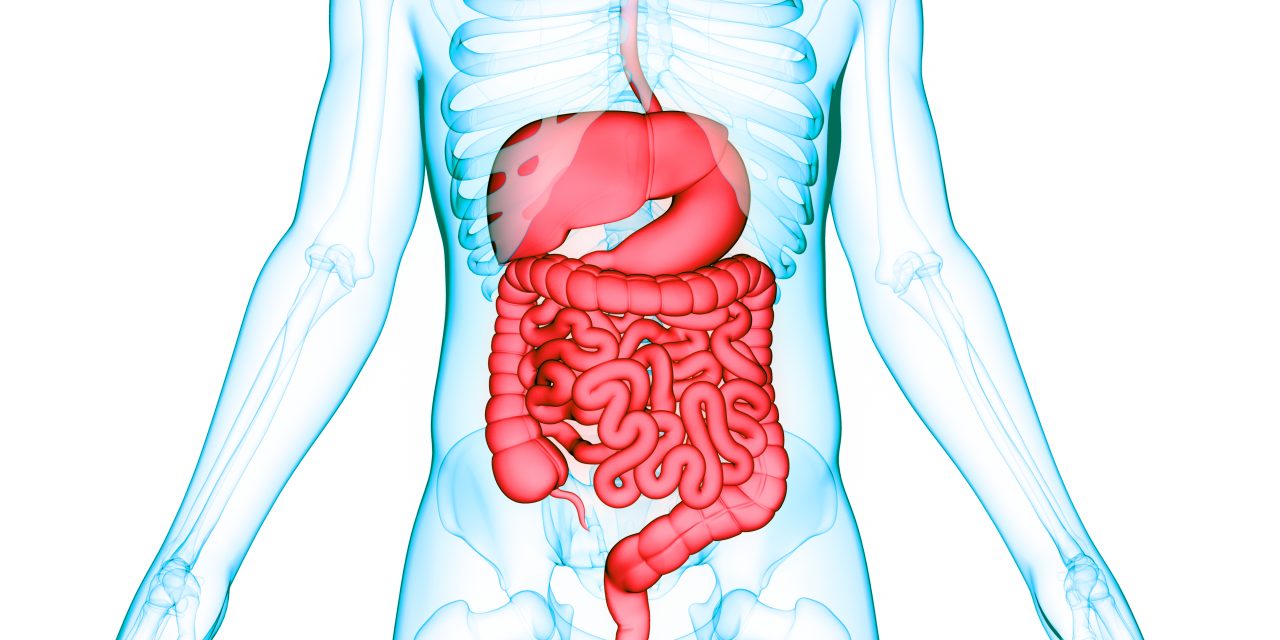Inhaled antibiotics for treating bronchiectasis have been investigated in the cystic fibrosis population since 1981 and long-term clinical benefits have been reported. However, studies on noncystic fibrosis bronchiectasis (NCFB) have only been performed more recently. Owing to limited evidence, inhaled antibiotics are not currently approved for treating NCFB by the U.S. Food and Drug Administration and the European Medicines Agency. The aim of this study was to evaluate the efficacy and safety of tobramycin inhalation therapy in patients with bronchiectasis with (PA) colonization. In this retrospective cross-sectional study, NCFB patients who were Pseudomonas positive on three consecutive cultures 1 month apart and receiving tobramycin inhalation therapy were evaluated. Evaluation of the following parameters was done in this study: age, gender, smoking history, symptoms, pulmonary function test results, sputum culture results, tobramycin treatment duration, side effects of tobramycin and response evaluation, and hospital admissions before and after treatment. Treatment with 300 mg tobramycin through nebulizer twice daily for 28 days on-off cycles for a total of 6 months was considered to be one treatment period. The approvals for the study were received by the local ethics committee and institutional review board. Of the 27 patients, 21 patients completed the first period, 7 patients completed the second period, 4 patients completed the third period, and 1 patient completed the fourth period. Sputum culture was negative in 10 (47.6%) of the 21 patients who completed the first period. Decreased sputum purulence and quantity, dyspnea, and cough were observed during treatment. The frequency of hospitalizations before treatment was 1.24 ± 1.36, whereas after treatment, it decreased to 0.52 ± 0.91, this difference was statistically significant ( = 0.019). The most common side effect was increased dyspnea after nebulization in five patients. Tobramycin inhalation appears to be a well-tolerated treatment in patients with PA colonization with bronchiectasis. This treatment may decrease the hospitalization rates and improve the symptoms.
Results of Tobramycin Inhalation Therapy in Patients with Noncystic Fibrosis Bronchiectasis with Colonization: Real Life Management.


